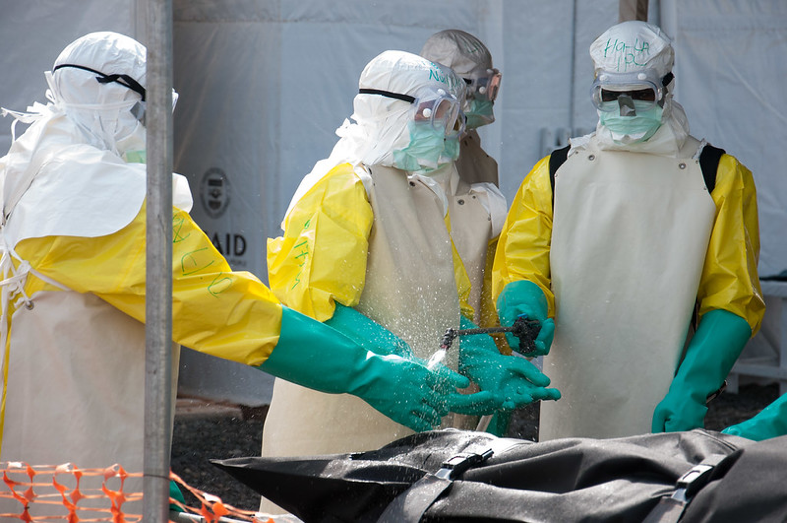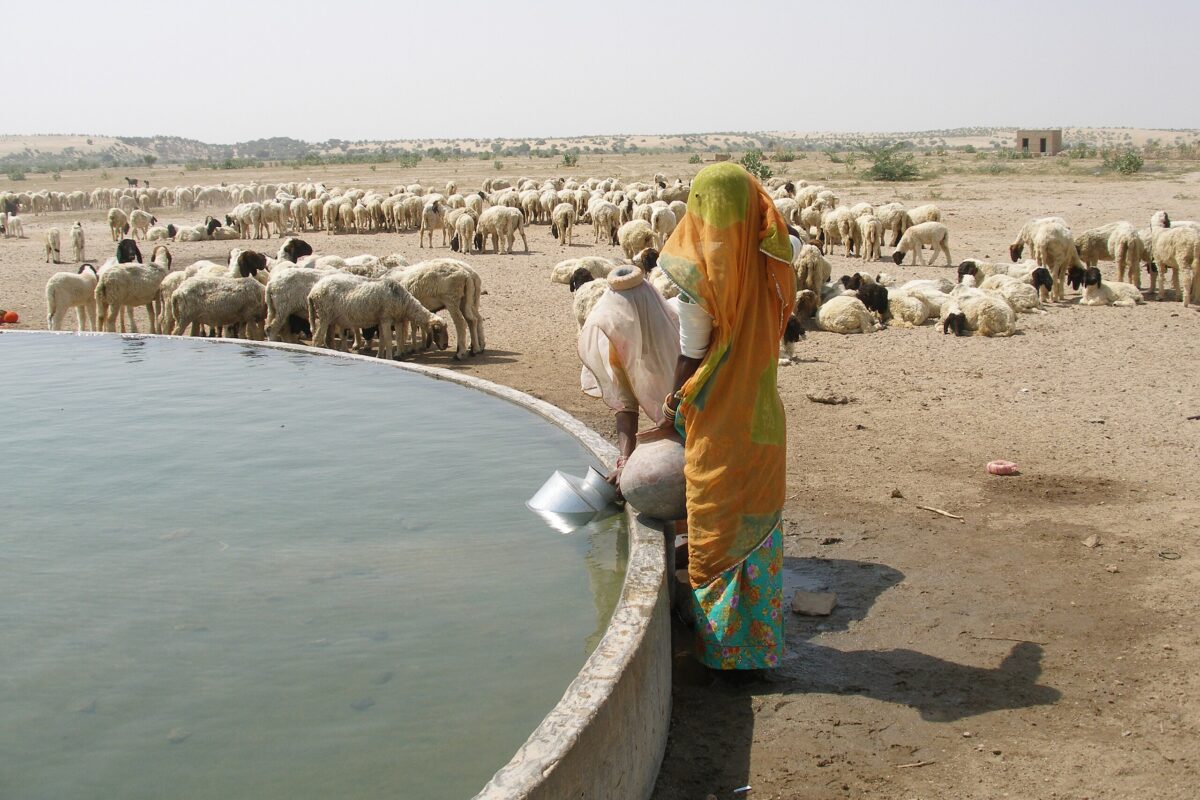The recent resurgence of Ebola virus in the Democratic Republic of Congo has brought back memories of the Ebola epidemic in Western Africa. In 2014, media coverage and fears of the disease spreading to the US fueled heightened interest in health security. In the end, the West African Ebola epidemic (2014-2016) ended with more than 28,600 cases and 11,325 deaths. But, the Ebola crises is just the most recent reminder of the catastrophic nature of disease outbreaks.
Pathogens now move farther and faster than ever before, magnified by increasing political insecurity, urbanization, and climate change. To combat the spread of epidemics and pandemics, disease surveillance, or biosurveillance, techniques have rapidly advanced to allow for detection and characterization of dangerous pathogens. This process requires the active-gathering and interpretation of health data to assess emerging infectious diseases. Electronic medical records, genomic sequencing data, and even Google search queries provide insights into disease movements. Early warnings can help mitigate catastrophic loss of life, as well as crippling economic recessions, due to disease outbreaks.
However, even with the billions of dollars spent on ensuring a robust global biosurveillance network, it remains unknown if this network can predict what the next disease will be or where the next outbreak will occur.
To forecast disease outbreaks, the United States Agency for International Development (USAID) started the PREDICT project in 2009. PREDICT, which falls under the Emerging Pandemic Threats (EPT) program, was tasked with identifying zoonotic diseases before they could ‘jump’ into human populations. The 1918 flu pandemic likely came from birds, HIV likely jumped from a similar virus in monkeys, and the recent Ebola outbreaks have been hypothesized to come from bats, rats, and/or gorillas. Identifying diseases such as these before they infect human hosts is crucial to the success of any biosurveillance network.
However, last week, the U.S. federal government decided to end PREDICT, a move made despite the recommendations of public health experts. At a cost of $207 million, PREDICT aimed to develop comprehensive detection capabilities, especially in “hot spot” areas such as central Africa, South and Southeast Asia, and Latin America. To do so, PREDICT sent scientists to capture viral samples from wildlife in areas where spillover into new species was likely. Although the program was said to have identified the sequences of over 1000 viruses, it missed predicting diseases like Ebola, Zika, and MERS.
The PREDICT project shutdown has raised alarms surrounding the current climate of U.S. biosurveillance infrastructure as a whole. The consensus became that forecasting of such diseases simply didn’t provide enough practical value. Several disease researchers even urged the U.S. to focus on much more straightforward and cost-effective ways to mitigate outbreaks through proactive, real-time surveillance of human populations rather than tracking pathogens in non-human species. The 2018 National Biodefense Strategy calls for improvements in domestic and international biosurveillance and information-sharing systems to ensure coordinated and timely responses.
The termination of the PREDICT project has cast doubt on the goal of slowing emerging infectious diseases outside of U.S. borders. The PREDICT program demonstrates the difficulties with implementing effective biosurveillance programs. Ending PREDICT won’t break the U.S.’s biosurveillance network, but it is one component in an increasingly apparent trend of declining efforts to combat infectious diseases. The U.S. government simply does not take pandemic preparedness seriously, and it is not investing enough in spreading the expertise and best practices needed in the case of a global pandemic. The real-time surveillance of the world’s diseases may not be the most cost-effective idea, but such costs are worthwhile if we want to avoid the next 1918 flu pandemic or Ebola-like outbreak.
Pandemic potential disease threats span the globe and, unfortunately, not every small town has the means to perform diagnostic tests. This needs to be one of the U.S. government’s top priorities. Altogether, a uniformly strong disease detection network across the world is crucial to avoiding a weak link that could be exploited by the next pandemic pathogen.
Michael Krug is a second-year graduate student in the Biodefense Master’s Program at the Schar School of Policy and Government. He has a Bachelor of Science degree in Biochemistry from Virginia Tech and worked for several years in the pharmaceutical industry, accruing experience in the fields of molecular biology, drug development, and biotechnologies. His research interests incorporate national security and emerging dual-use technologies, specifically, synthetic biology and genome-editing techniques.
Photo can be found here.




